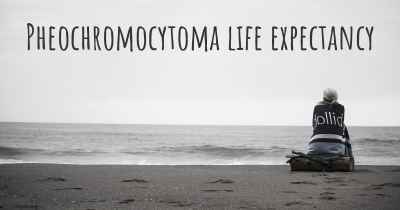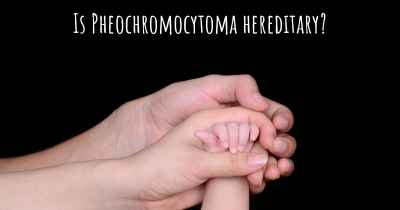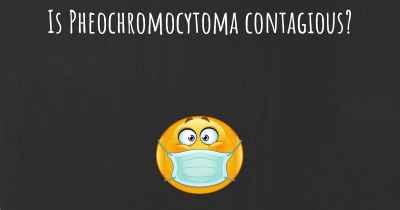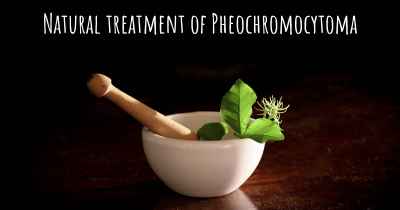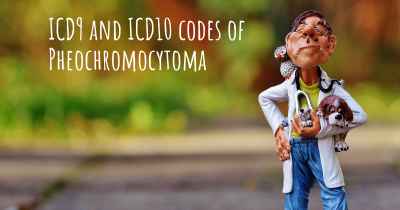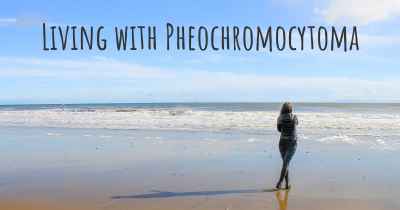Is it advisable to do exercise when affected by Pheochromocytoma? Which activities would you suggest and how intense should they be?
See if it is advisable for people with Pheochromocytoma to practice sports and which ones are the most recommended if you have Pheochromocytoma
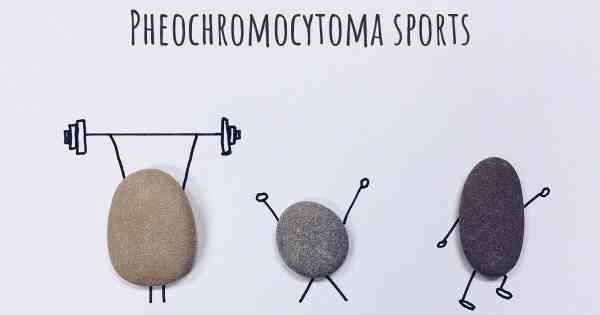
Exercise and Pheochromocytoma: What You Need to Know
Pheochromocytoma is a rare tumor that develops in the adrenal glands, which are located on top of the kidneys. These tumors produce excessive amounts of adrenaline and other hormones, leading to a range of symptoms such as high blood pressure, rapid heartbeat, sweating, and anxiety. If you have been diagnosed with pheochromocytoma, you may wonder if it is safe to engage in exercise and what types of activities are suitable for you.
Consult Your Healthcare Provider
Before starting any exercise program, it is crucial to consult with your healthcare provider, preferably one who is familiar with your condition. They will be able to assess your individual situation and provide personalized recommendations based on your overall health, the size and location of the tumor, and any other relevant factors.
The Benefits of Exercise
Regular exercise offers numerous benefits for individuals with pheochromocytoma, including:
- Improved cardiovascular health: Exercise can help strengthen your heart and improve blood flow, reducing the risk of complications associated with high blood pressure.
- Stress reduction: Engaging in physical activity can help alleviate stress and anxiety, which are common symptoms of pheochromocytoma.
- Weight management: Exercise can assist in maintaining a healthy weight, which is important for overall well-being.
- Increased energy levels: Regular physical activity can boost your energy levels and combat fatigue, a common symptom of pheochromocytoma.
Recommended Exercises
While the specific exercise recommendations may vary depending on your individual circumstances, here are some generally safe and beneficial activities for individuals with pheochromocytoma:
1. Aerobic Exercises
Aerobic exercises, also known as cardiovascular exercises, are great for improving heart health and overall fitness. These exercises increase your heart rate and breathing, helping to strengthen your cardiovascular system. Examples of aerobic exercises include:
- Brisk walking
- Cycling
- Swimming
- Dancing
- Low-impact aerobics
Start with shorter durations and gradually increase the intensity and duration of your aerobic exercises as tolerated. Listen to your body and stop if you experience any unusual symptoms.
2. Strength Training
Strength training exercises help build muscle strength and endurance. They can be performed using free weights, weight machines, resistance bands, or even bodyweight exercises. Strength training exercises may include:
- Weightlifting
- Squats
- Lunges
- Push-ups
- Planks
When starting strength training, it is important to work with a qualified fitness professional who can guide you in performing exercises with proper form and technique. Start with lighter weights and gradually increase the resistance as your strength improves.
3. Flexibility and Balance Exercises
Flexibility and balance exercises help improve joint mobility, posture, and stability. These exercises can include stretching, yoga, tai chi, and Pilates. They can help reduce muscle tension, improve relaxation, and enhance overall well-being.
Ensure you perform flexibility exercises in a controlled manner, avoiding any sudden or jerky movements that may trigger symptoms.
Exercise Intensity
The intensity of exercise should be tailored to your individual capabilities and limitations. It is important to start slowly and gradually increase the intensity as tolerated. Pay attention to your body's signals and adjust the intensity or duration of exercise if you experience any adverse effects.
If you have severe or uncontrolled symptoms, your healthcare provider may recommend starting with low-intensity exercises and gradually progressing as your condition improves.
Exercise Precautions
While exercise can be beneficial, it is essential to take certain precautions when you have pheochromocytoma:
- Stay hydrated: Drink plenty of water before, during, and after exercise to prevent dehydration.
- Monitor your blood pressure: Check your blood pressure regularly, especially before and after exercise. If your blood pressure rises significantly during exercise or remains elevated afterward, consult your healthcare provider.
- Listen to your body: If you experience symptoms such as severe headaches, chest pain, palpitations, or dizziness during exercise, stop immediately and seek medical attention.
- Avoid triggers: Identify and avoid any activities or exercises that trigger or worsen your symptoms.
Remember, every individual with pheochromocytoma is unique, and what works for one person may not work for another. Always follow the guidance of your healthcare provider and adjust your exercise routine based on their recommendations and your personal comfort level.
Posted Jul 5, 2018 by Anderson 2550
Posted Jul 5, 2018 by Helen 2500
Posted Jul 11, 2018 by Eme lou 3000
